Qualcomm hinted at a 6G future and for the first time I’m not excited for what’s next
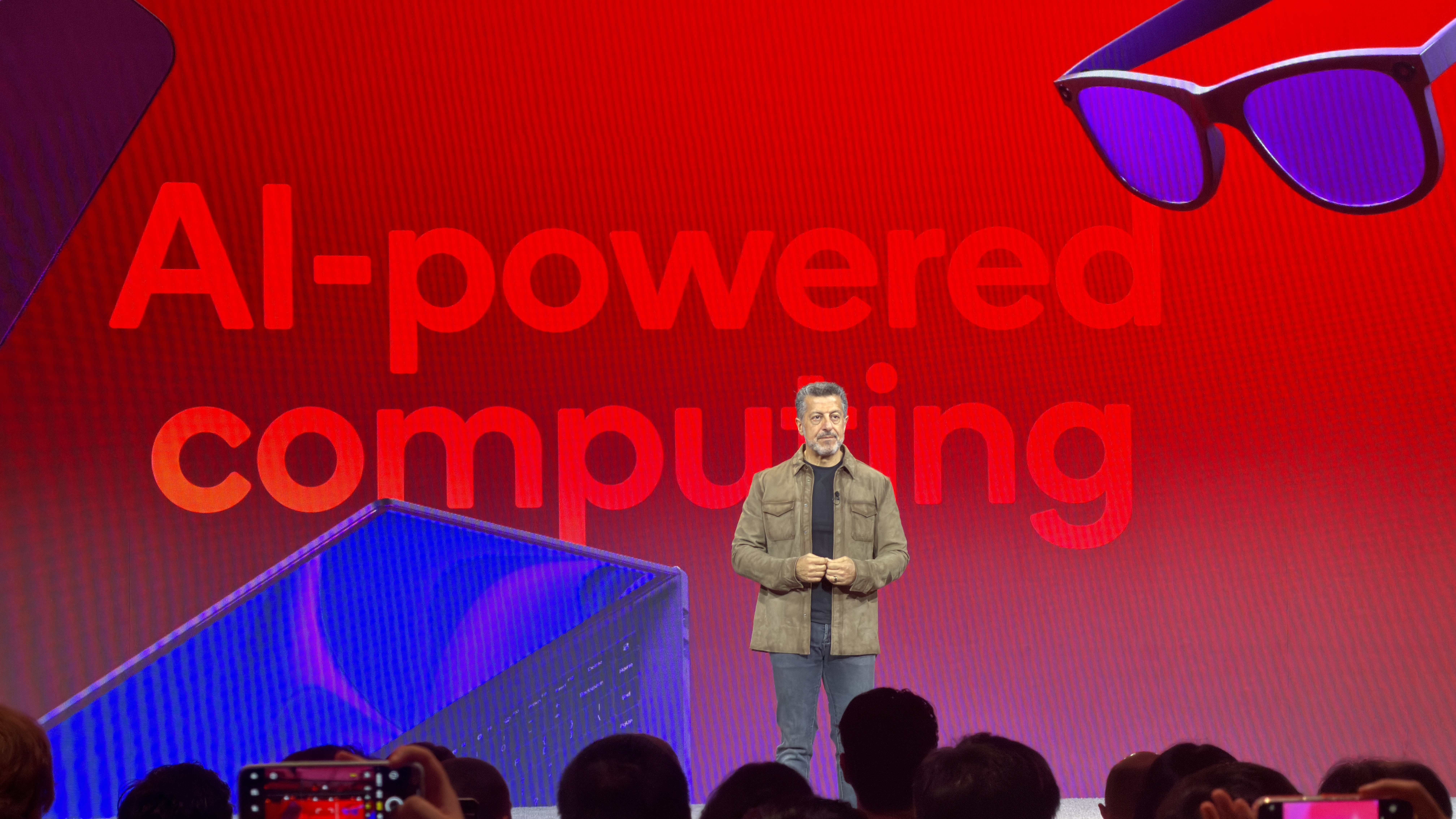
- Qualcomm says 6G devices will first appear in 2028
- Its Snapdragon 8 Elite Gen 5 platform is made for collecting vast amounts of data
- We know 6G networks will take so much data from us, so what will they offer in return?
At the Qualcomm Snapdragon Summit, among all the processor news about the fast new Snapdragon Elite platforms for smartphones and laptops, I also heard a concrete milestone for 6G networks. Qualcomm says it will be ready for 6G devices by the end of 2028. That will be the start of the 6G race, not the finish line, but from the hints Qualcomm is dropping about our 6G future, it's not a race I’m excited to run.
I’ve been a phone reviewer through all the big Gs, and I remember the promise each made – what each generation would give us.
From 2G through 5G, each network generation gave us something new
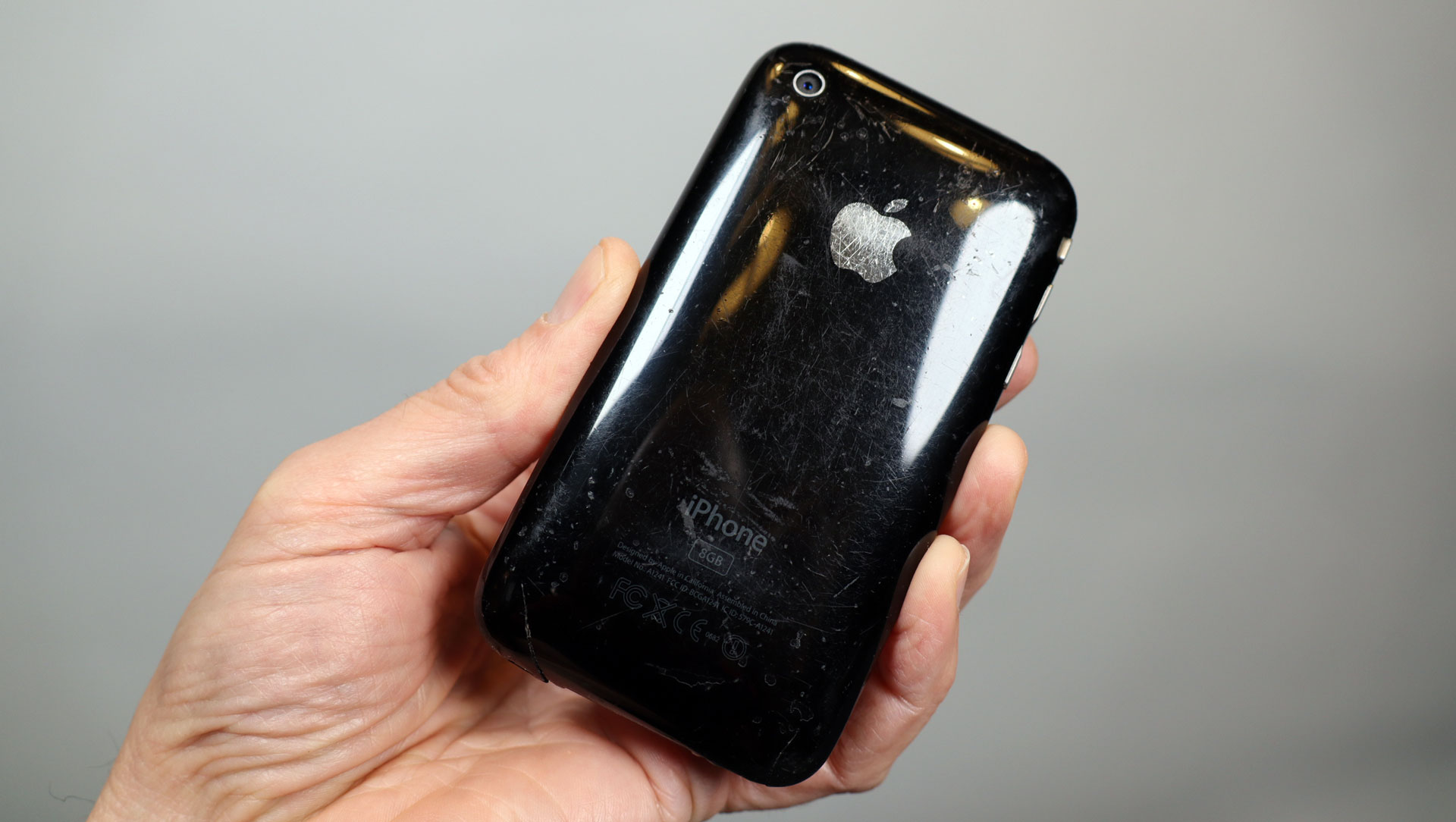
The first two Gs gave us data on our phones – browsing the web, reading email, that sort of thing. This is where the first iPhone joined the party, at the end of 2G just as 3G networks were spreading.
The 3G networks gave us video on our phones – the dawn of YouTube. Not streaming networks like we have today, but video clips, or audio with great sound quality. The path was being laid for Netflix and Hulu, but it was littered with MobiTV and Samsung Milk Music first.
With 4G networks, we got live video streaming. YouTube, Snapchat, and older services like Vine and Periscope were all born after 4G networks.
You could even stream yourself. For the first time, anybody could become a broadcaster using only a smartphone. Frankly, the idea seemed so outlandish that it was ignored for years. Your phone has been able to broadcast a live YouTube channel for far longer than you realize.
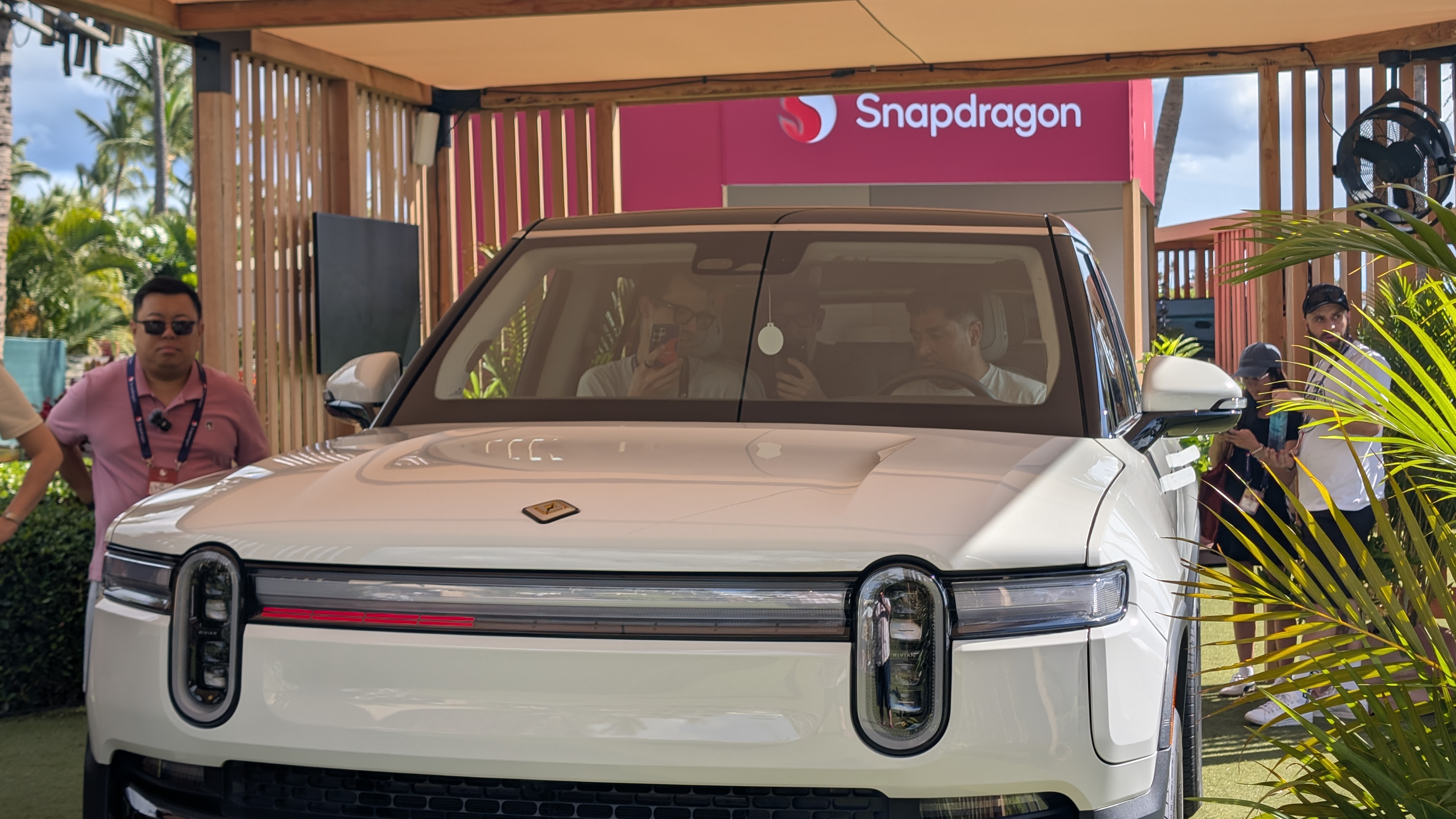
The 5G networks gave us the Internet of Things. Everything is connected. Not just your lights and thermostat, but also your car and – why not!? – your tea kettle. These 5G networks aren’t just faster; they also handle a lot more traffic. I’m still not seeing significantly faster speeds on 5G networks, but the networks are much more reliable, and networking is more consistent.
Sign up for breaking news, reviews, opinion, top tech deals, and more.
I think 5G is where things started to sour. My car is always connected to the internet, and I used to hope a connected car would be able to talk to other cars for safety features or with road signs for better navigation. Instead, I get emails telling me that I left my doors unlocked, or an alert that somebody bumped into my mirror with accompanying video clips.
Qualcomm says 6G networks will be ready to receive AI data

What is the promise of 6G? We’ve been hearing from Qualcomm and other companies that 6G networks will enable AI features like never before, but it wasn’t clear what that meant. I assumed that phones would talk to more powerful AI computers through the cloud, but there’s more to 6G than asking questions and getting faster answers. The real promise of 6G networks, for Qualcomm at least, is how much data those networks will gather from us.
Qualcomm brought me to the Snapdragon Summit on Maui to talk about chips like the Qualcomm Snapdragon 8 Elite Gen 5, which will be the fastest mobile platform you can buy when it launches in phones this month.
In addition to driving applications faster, running AI features on your device, and drawing detailed graphics in games, the Snapdragon 8 Elite Gen 5 is also designed to gather sensor data from your phone more efficiently than ever.
How much data? You're gonna need a bigger network
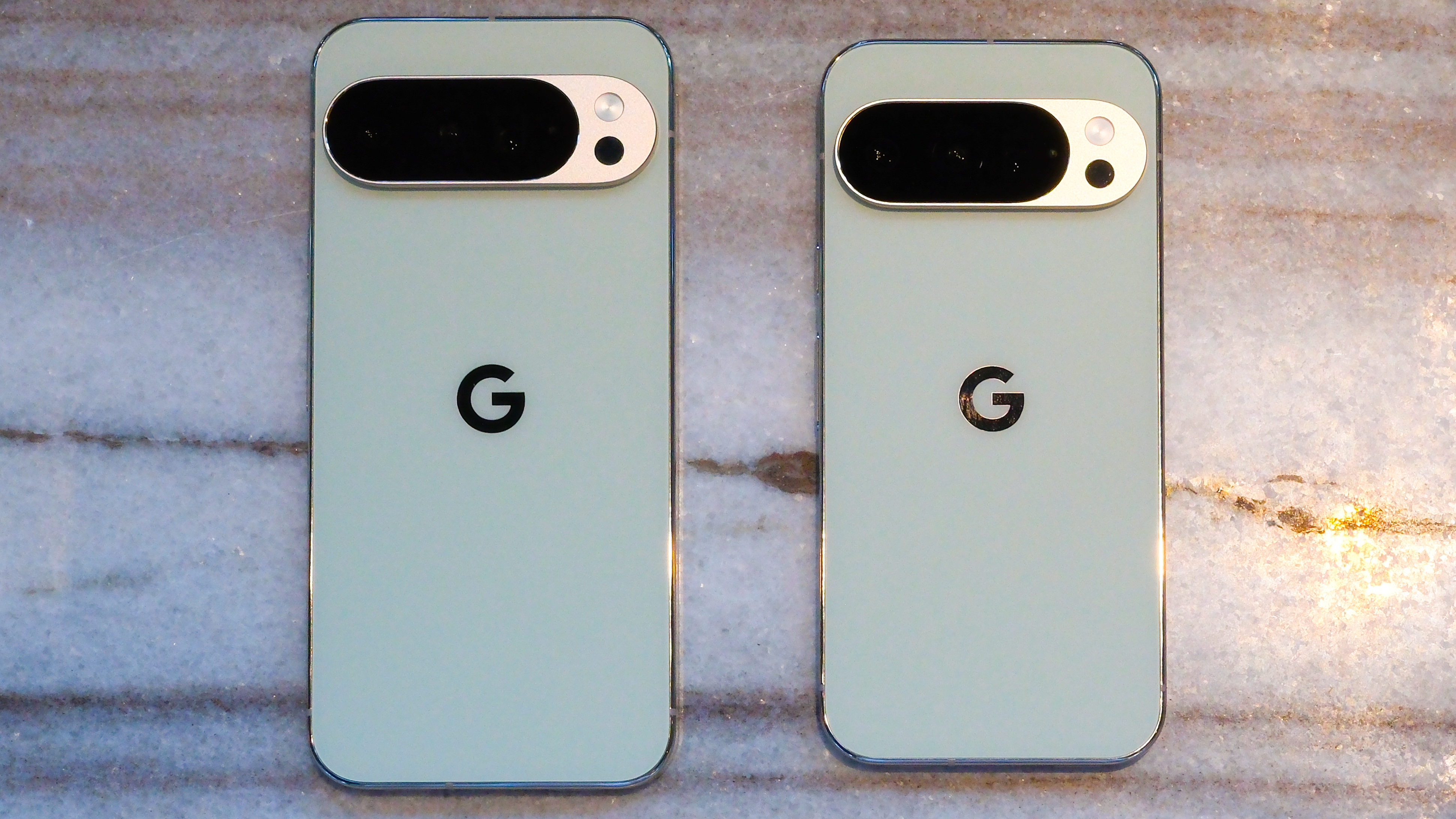
Your phone can listen and record video with microphones and cameras. It can detect your motion and the direction you are facing using the accelerometer and magnetometer, respectively. With GPS, it can detect your location and speed.
Some phones, like the Pixel 10 Pro, have temperature sensors. The iPhone 17 Pro has an infrared sensor that it uses for face unlocking. The Galaxy S25 Ultra has hall magnet sensors to detect when your cover case has opened or closed.
But wait, there’s more! You also have radios on your phone for Wi-Fi, Bluetooth, and possibly Ultra Wideband (UWB) for accessories like AirTags. Those radios can detect other networks and devices around you and feed that information to AI. In fact, by measuring changes in the signal strength of those devices, your phone can detect your location or the location of others in the room with you, based on how much interference your bodies cause.
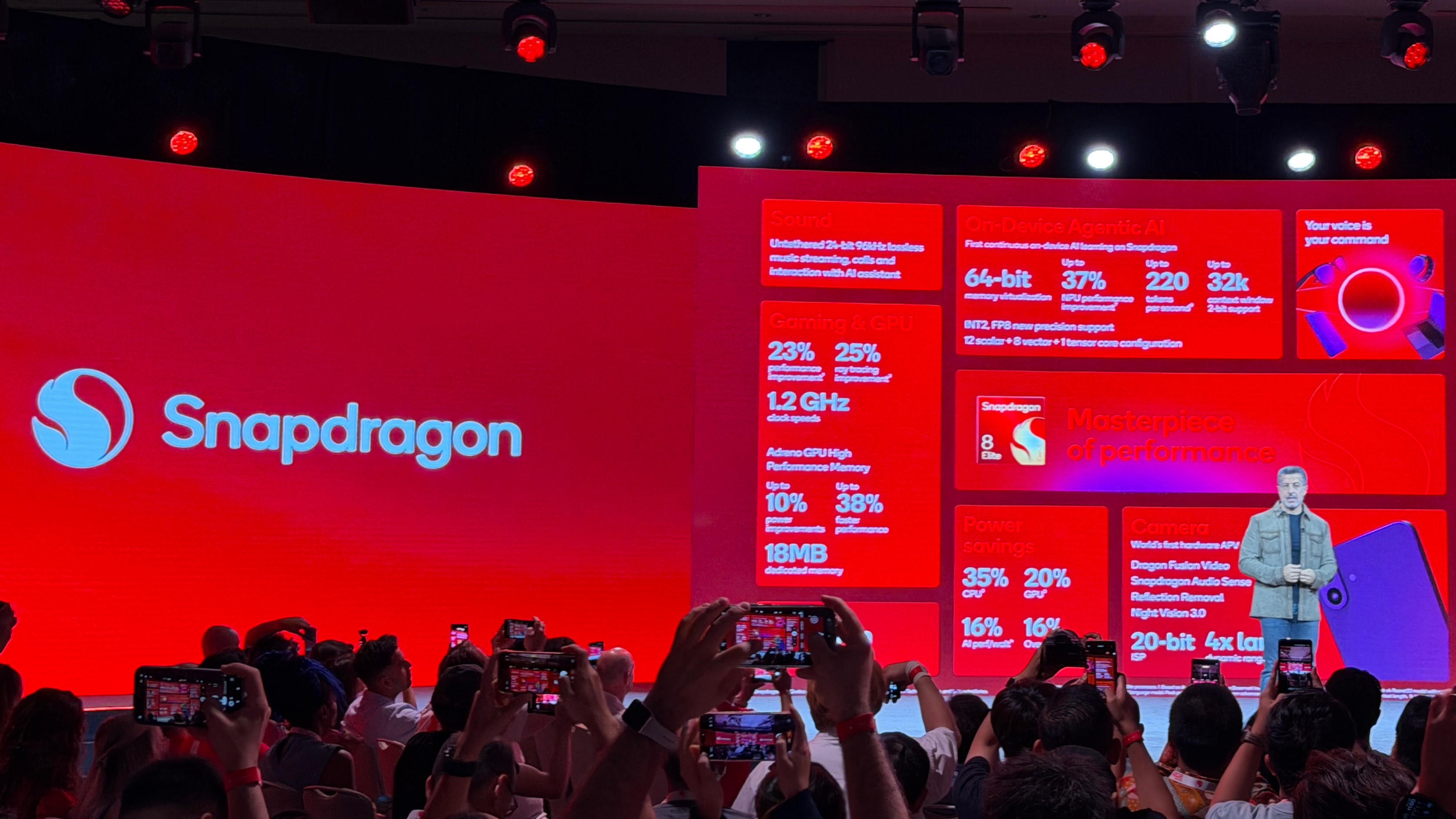
All this data collection will feed a new breed of AI called Agentic AI
So far, I haven’t heard what 6G will give, only what it will take
To create today’s large language models (LLMs) like ChatGPT, AI developers like OpenAI needed to feed the computer every written word available. They scanned every book they could find and scraped every website and bulletin board that was accessible. Even this wasn’t enough to create a perfect language system, and the AI is constantly being trained and updated on new data.
The next generation of AI models will be Agentic AI, which means they will be agents capable of taking actions on your behalf. How do you train such a model? By studying the actions we are already taking. Unfortunately, there isn’t a vast trove of training data available, like the whole of written language. Data needs to be gathered – and in massive quantities – to train agentic AI models quickly.
Qualcomm chipsets gather this data, but eventually, it will overwhelm current 5G networks once the flow truly starts. The hints we got about 6G networking came as Qualcomm was discussing this data collection to create next-generation agentic AI. Its 6G networks will be robust enough to handle that much data.
With Qualcomm predicting the earliest 6G devices in two years, it will be three or four years before you’ll want to buy a 6G smartphone, and probably five or more years before a phone like the iPhone uses 6G networks.
We need to know what 6G networks will offer
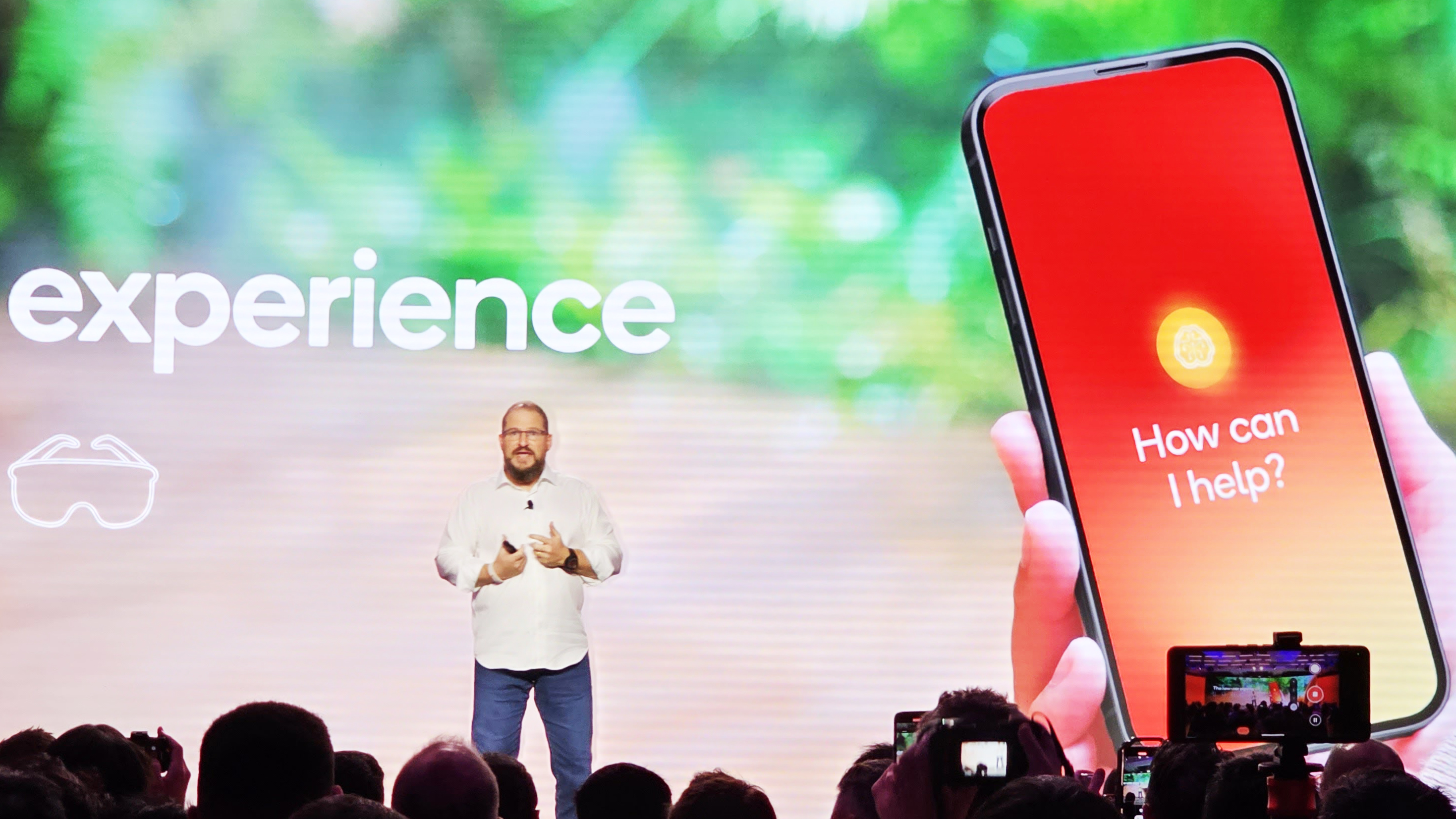
So what does 6G give us? Every previous network generation has given us something: data, video, streaming, ubiquitous connectivity: 2G, 3G, 4G, 5G, respectively.
So far, I haven’t heard what 6G will give, only what it will take. It will take our data. It will gather our information. It will monitor our lives. Without understanding the benefits, this just creeps me out.
Qualcomm says that AI is the new UI, and I agree that AI will bring the biggest usability changes since the dawn of the graphical user interface (GUI). To get there, Qualcomm and AI developers need a lot of training data, and 6G networks will be an integral part of gathering that data. This path has been inevitable since the dawn of AI; it’s not a surprise.
This is the problem with AI, and why AI feels like a feature being forced upon all of us. I’m not seeing obvious benefits. It isn’t clear how AI is making my life better. It is very clear how AI is being used to sell me things like new smartphones and new network Gs, and if Qualcomm wants me to be excited about what’s next, I need to hear what the next generation will give us instead of what it will take.
You might also like...

Starting more than 20 years ago at eTown.com. Philip Berne has written for Engadget, The Verge, PC Mag, Digital Trends, Slashgear, TechRadar, AndroidCentral, and was Editor-in-Chief of the sadly-defunct infoSync. Phil holds an entirely useful M.A. in Cultural Theory from Carnegie Mellon University. He sang in numerous college a cappella groups.
Phil did a stint at Samsung Mobile, leading reviews for the PR team and writing crisis communications until he left in 2017. He worked at an Apple Store near Boston, MA, at the height of iPod popularity. Phil is certified in Google AI Essentials. His passion is the democratizing power of mobile technology. Before AI came along he was totally sure the next big thing would be something we wear on our faces.
You must confirm your public display name before commenting
Please logout and then login again, you will then be prompted to enter your display name.